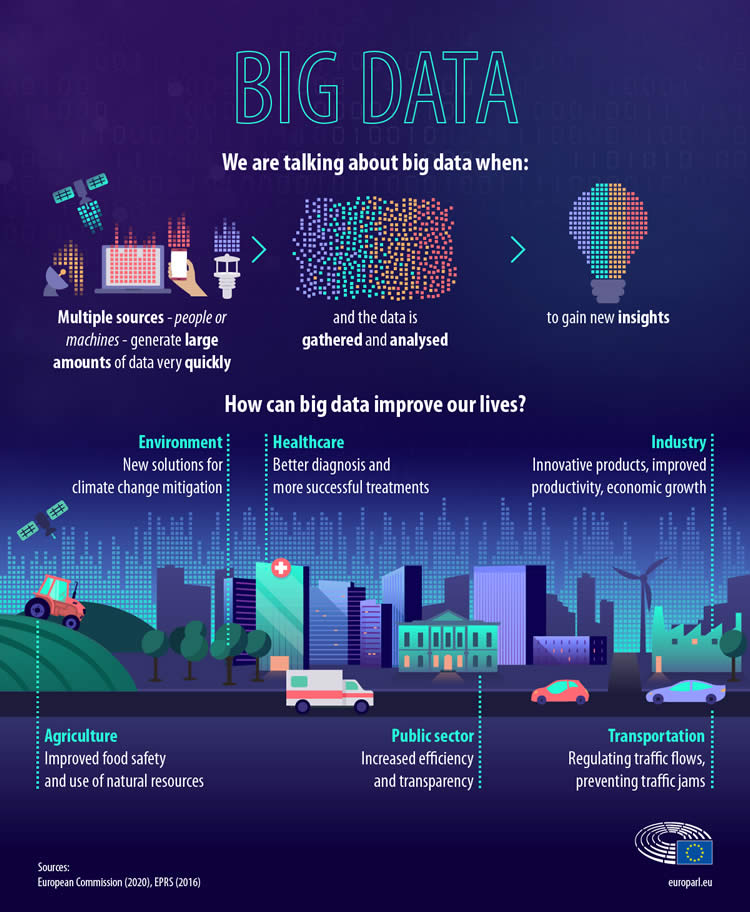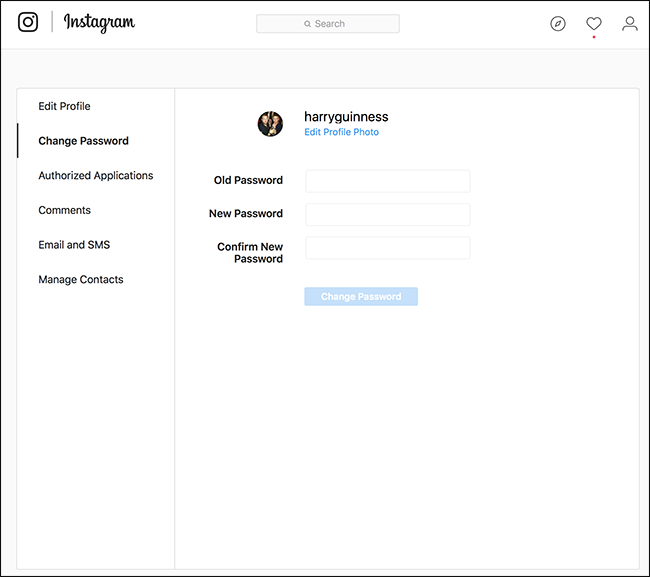How instagram uses big data
How Instagram Uses Big Data and Artificial Intelligence
Analyze how Instagram uses Big Data and Artificial Intelligence to make the app a cut above
Instagram marketing involves a lot of legwork – you have to first study your audience, then gather data and relevant information. Then, you have to use the findings to plan Instagram campaigns that will resonate with your target market.
However, all of these would never be possible without Instagram’s big data and Metaverse Artificial intelligence. Instagram itself uses big data as one of the most effective methods of establishing trends, deducing patterns, and ultimately uncovering actionable insights.
Meanwhile, as a user, the more data points you have at your disposal, the greater the number of outcomes you can derive for your Instagram marketing efforts.
It’s a fact. Instagram is doing great in the AI and big data department, so much so that Instagram CEO Kevin Systrom boasts that they’re “also going to be a big data company. ”
So, in this guide, we will carefully analyze how Instagram uses Big Data and Artificial Intelligence to make the app a cut above.
Image by Fauxels @Pexels
How Instagram Uses Big Data and Artificial Intelligence 1. Creating Personalized Feed
Instagram’s use of AI and Big Data has contributed immensely to creating a personalized feed for each user. It’s why the Instagram algorithm works in a way that allows every user to find contents they are interested in. Instagram uses AI to sort its feed so as to show posts that users tend to like or share. This is because the technology learns over time what content is valuable and relevant for each user.
GIF by South Park @Giphy
2. Initiating Targeted Advertising
With roughly 1.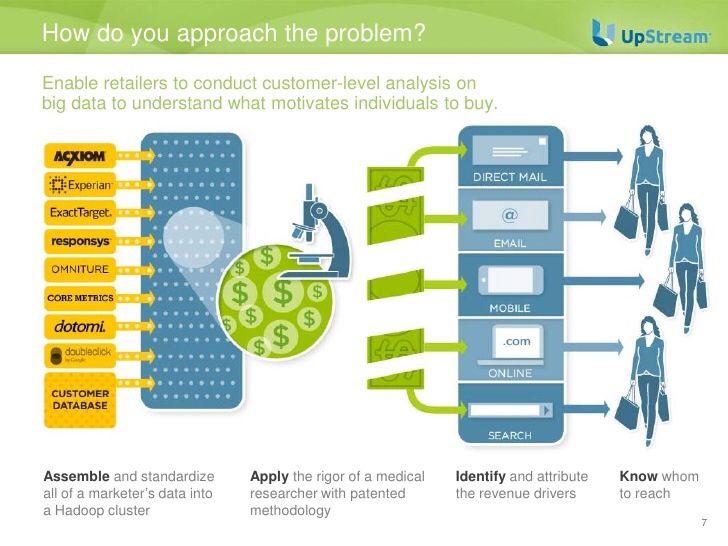 1 billion monthly active users, Instagram has grown beyond a platform just for sharing pictures and video content. You can now use the photo-sharing app for advertising.
On Instagram, Big Data and AI technologies are applied to derive analytical insights into user behaviors. This will then provide information about search preferences and user engagements.
The data generated from using these technologies is very valuable for promoting any business. AI will reveal the interests of its target audience through likes and the accounts they follow.
So, Instagram is now selling advertising space to companies and businesses targeting a particular audience. This way, brands can reach their target audience easily.
In social media marketing, targeted advertising is an effective strategy to reach more customers. Businesses can now enjoy this benefit because of Big Data and AI Technology.
1 billion monthly active users, Instagram has grown beyond a platform just for sharing pictures and video content. You can now use the photo-sharing app for advertising.
On Instagram, Big Data and AI technologies are applied to derive analytical insights into user behaviors. This will then provide information about search preferences and user engagements.
The data generated from using these technologies is very valuable for promoting any business. AI will reveal the interests of its target audience through likes and the accounts they follow.
So, Instagram is now selling advertising space to companies and businesses targeting a particular audience. This way, brands can reach their target audience easily.
In social media marketing, targeted advertising is an effective strategy to reach more customers. Businesses can now enjoy this benefit because of Big Data and AI Technology.
Cyberbullying and sharing of offensive content are becoming rampant on social media apps.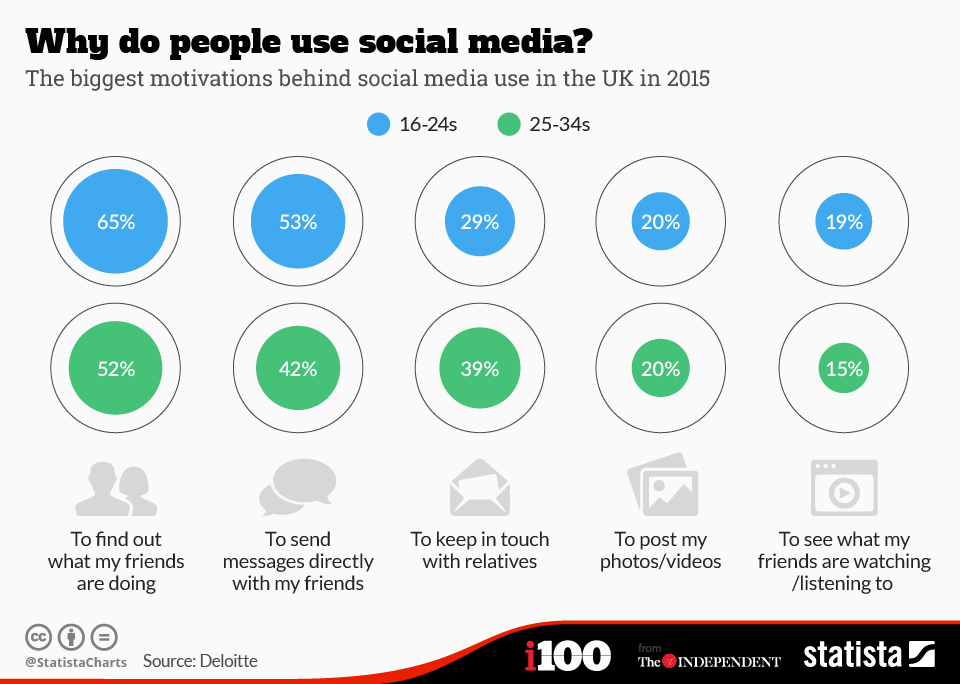 Statistics have shown that around 42% of young people experience cyberbullying on Instagram.
As for offensive content, it’s becoming the order of the day on most social media platforms as well. So, Instagram has identified AI and Big Data as valuable tools for tackling the spread of these vices on their app.
With Big Data and AI, the Instagram algorithm can quickly identify inappropriate content. When this happens, an instant notification will be sent for Instagram to block or delete the content.
This is an excellent measure for creating a safe space and improving the user experience on IG.
Statistics have shown that around 42% of young people experience cyberbullying on Instagram.
As for offensive content, it’s becoming the order of the day on most social media platforms as well. So, Instagram has identified AI and Big Data as valuable tools for tackling the spread of these vices on their app.
With Big Data and AI, the Instagram algorithm can quickly identify inappropriate content. When this happens, an instant notification will be sent for Instagram to block or delete the content.
This is an excellent measure for creating a safe space and improving the user experience on IG.
The Explore page is the holy grail of Instagram. This search tool is enabled by the integration of artificial intelligence. It allows users to keep up with the trending topics, especially by tracking tags.
With this search function, users can discover new accounts, content, and information.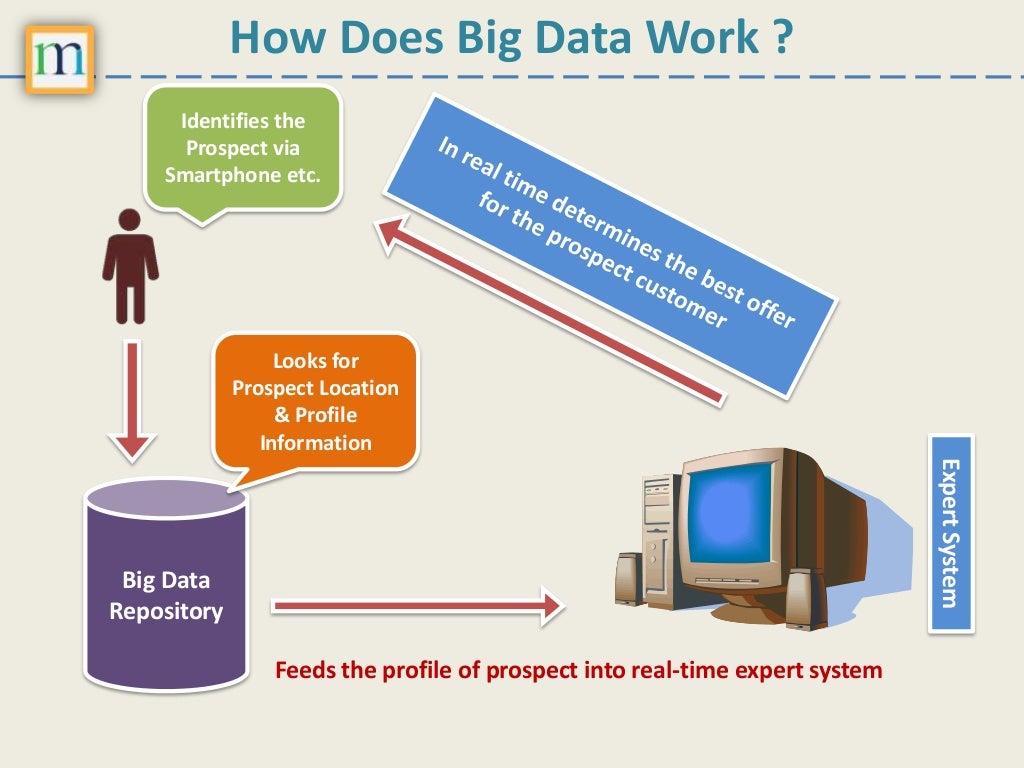 This explains why businesses scramble to feature on the explore page— featured contents are likely to draw more visitors and followers to their Instagram profile.
This explains why businesses scramble to feature on the explore page— featured contents are likely to draw more visitors and followers to their Instagram profile.
With so much stuff being shared on the app every day, it is likely that a few will be spam. The question is, what methods does Instagram use to identify spam messages? For spam communications, Instagram uses the text analytics algorithm “DeepText” from Artificial Intelligence. Its spam filter recognizes spam communications in more than nine languages, including English, Arabic, and Chinese. These messages are automatically erased once they are recognized, thus furthering cybersecurity. It doesn’t stop at that. The technology also enables the blocking of fake content and fake accounts.
Image by Andrea Piacquadio @Pexels
6. Studying Human Behavior
With Big Data, it is easy for an app like Instagram to understand human behavior through the content they share.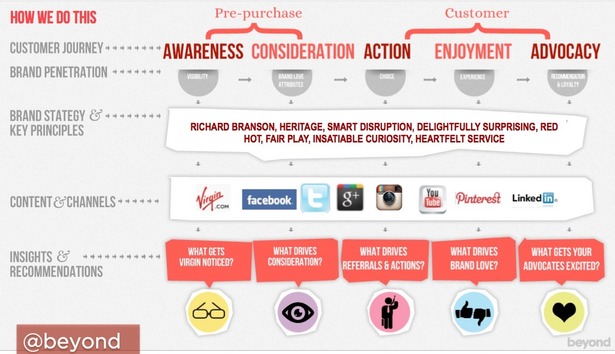 Since there is a lot of content shared daily, there’s a need for the algorithm to interpret them. This is especially so because it’ll help the technology gather actionable insights.
Machine Learning is often used to review a large amount of data that the app gathers. And by doing so, the AI interprets the data and gathers insights on social, economic, and cultural factors associated with humans across the world.
AI also helps to identify and understand consumer behavior. This ensures that product-related content is tailored to interested audiences. This is an excellent feature for advertisers.
Furthermore, by understanding human behavior, Instagram can enhance its platform to promote cultural diversity.
Since there is a lot of content shared daily, there’s a need for the algorithm to interpret them. This is especially so because it’ll help the technology gather actionable insights.
Machine Learning is often used to review a large amount of data that the app gathers. And by doing so, the AI interprets the data and gathers insights on social, economic, and cultural factors associated with humans across the world.
AI also helps to identify and understand consumer behavior. This ensures that product-related content is tailored to interested audiences. This is an excellent feature for advertisers.
Furthermore, by understanding human behavior, Instagram can enhance its platform to promote cultural diversity.
Instagram has remained relevant over the years because of its engagement and interaction potential. One of the things that have made interaction so effortless on the app is Instagram Bots
These bots are designed to help users automate their account communications.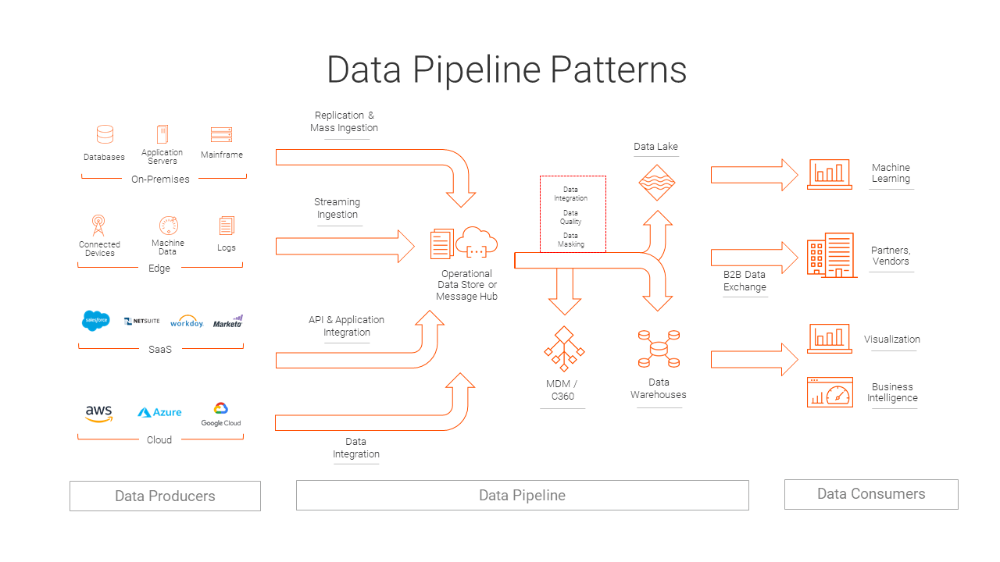 They can do everything from liking people’s comments on your posts to commenting on other people’s pictures.
Using these bots, the algorithm can identify who is more likely to interact with a particular content. This way, posts are pushed to interested users, and users’ activities are automated efficiently.
They can do everything from liking people’s comments on your posts to commenting on other people’s pictures.
Using these bots, the algorithm can identify who is more likely to interact with a particular content. This way, posts are pushed to interested users, and users’ activities are automated efficiently.
Since introducing AI-powered automatic captions for IGTV, Instagram has transformed into a big data corporation. This technology was created to assist individuals with hearing impairments in keeping up with the rest of the world. With this new caption feature on IGTV, your audience can read your thoughts rather than hear them. This implies that consumers may watch IGTV without cranking up the volume. It’s a good idea to make IGTV more user-friendly.
Image by Andrea Piacquadio @Pexels
9. Crisis Communication
Instagram is leveraging Big Data to perform crisis communication.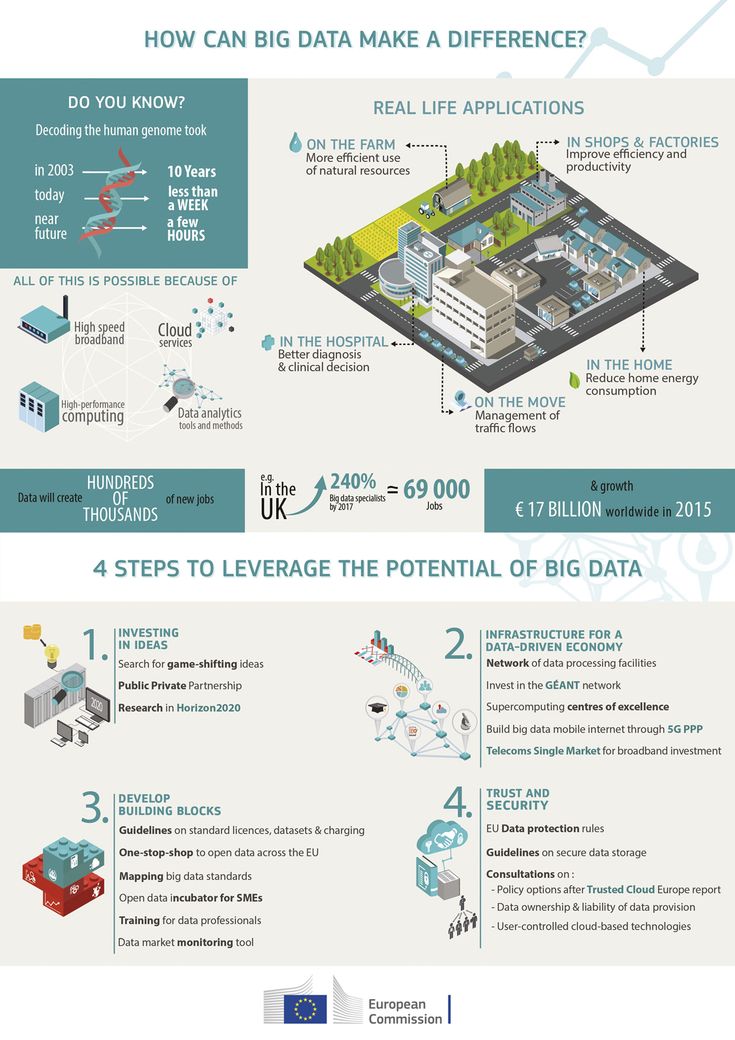 The Ebola outbreak, Hurricane Sandy, the California wildfires, and the COVID-19 pandemic all prove this. Point. Images are integrated into the Instagram feed to keep people informed about current crises and disasters. They do this to assist the victims and link them with their loved ones.
The Ebola outbreak, Hurricane Sandy, the California wildfires, and the COVID-19 pandemic all prove this. Point. Images are integrated into the Instagram feed to keep people informed about current crises and disasters. They do this to assist the victims and link them with their loved ones.
To wrap this up, we have to mention how Instagram has used Big Data and AI to revolutionize image recognition. This technology makes Instagram accessible to people with visual impairments.
Due to the popularity of this social media app, many people with visual impairments are feeling left out. Naturally, these people feel frustrated and depressed when they can’t use the app seamlessly as others do.
So, the good news is that Instagram is leveraging artificial intelligence to enable descriptions for visually impaired people. The technology can recognize and analyze photos to automatically generate descriptions.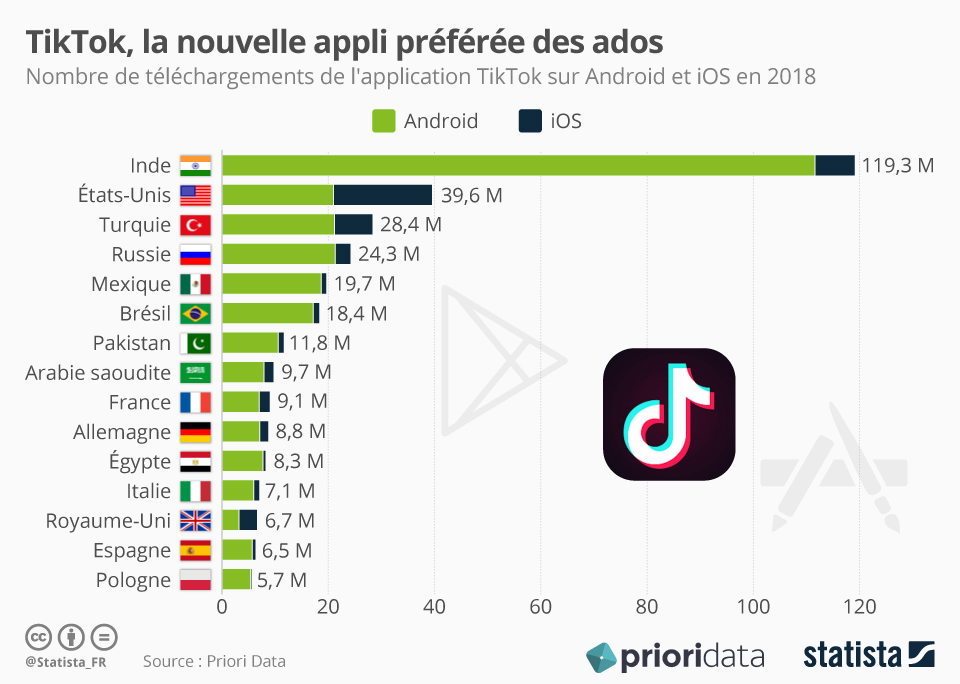 With screen readers, visually impaired users can browse Instagram profiles and explore pages. There’s also the “Alt Text” feature designed to help those posting gain more control over these descriptions.
With screen readers, visually impaired users can browse Instagram profiles and explore pages. There’s also the “Alt Text” feature designed to help those posting gain more control over these descriptions.
Image by Mikhail Nilov @Pexels
Conclusion
Instagram has established its way into becoming one of the best social media apps globally. All thanks to the constantly upgraded features that keep its users engaged and entertained.
Instagram is using Big Data and Artificial Intelligence to improve every aspect of its platform. So, this has helped increase the number of active users and daily posts on the social network.
The use of Big Data and Artificial Intelligence by Instagram has also helped business owners reach their target audience on the platform. When you think about it, AI and Big Data have been such great additions.
Disclaimer: The information provided in this article is solely the author’s opinion and not investment advice – it is provided for educational purposes only. By using this, you agree that the information does not constitute any investment or financial instructions. Do conduct your own research and reach out to financial advisors before making any investment decisions.
How Instagram Uses AI and Big Data Technology?
A picture is worth a thousand words and the photo-sharing app Instagram has already proven to be worth over a billion users.What had once been an ordinary mobile application going by the name of Burbn, has now risen proudly to become worldwide fame. That's right, I’m talking about Instagram.
Crossing a billion monthly active users in 2020, the photo and video sharing social network platform, Instagram has established its way towards becoming one of the most acclaimed and famous apps on a global scale.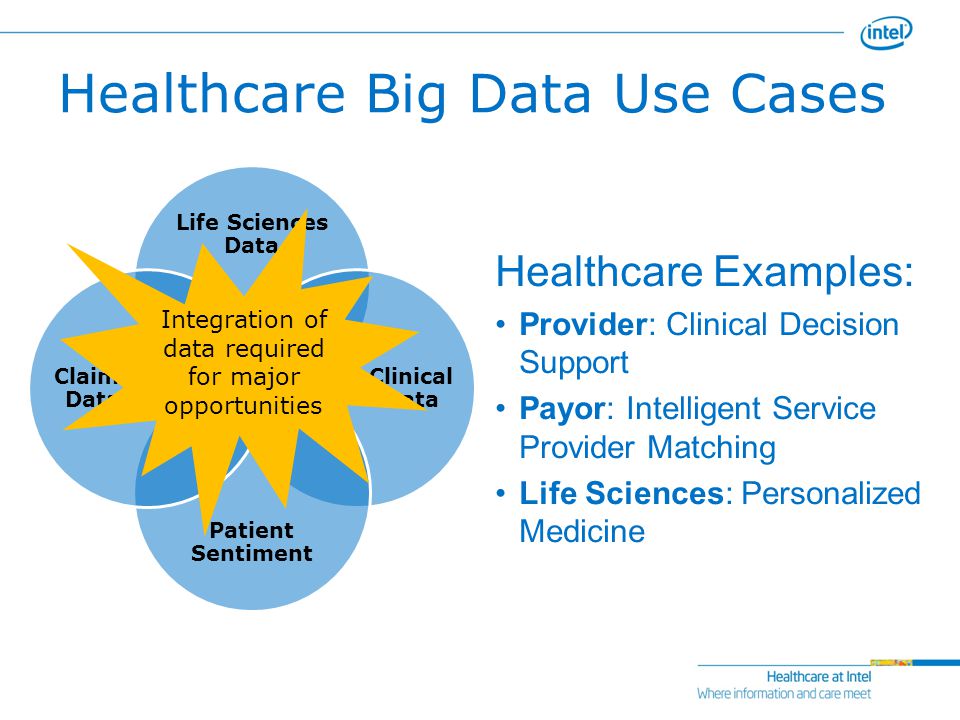
Started in 2010, the app has progressed swiftly, swamping its competitors, by consistently upgrading its features and engaging itself in constant evolution and has paved its way towards becoming the 5th most downloaded app as of the end of 2020.
After the ban of TikTok in India, Instagram has launched Instagram Reels, which is an alternative to the video-sharing app.
As of now, the app has created a high degree of frenzy among the youth of the day, particularly the escalating segment of people who prefer conveying their thoughts through images.
With millions of posts being uploaded on the platform every day and users engaging with these posts regularly by liking, commenting, and using hashtags, this is where big data analytics enters the picture.
"Instagram isn't necessarily a photo company or a communications company as I like to say, we're also going to be a big data company” - As quoted by Kevin Systrom, CEO of Instagram
Recently around September 2020, Instagram introduced AI-powered automatic captions for IGTV which would make it easier for users to use the app.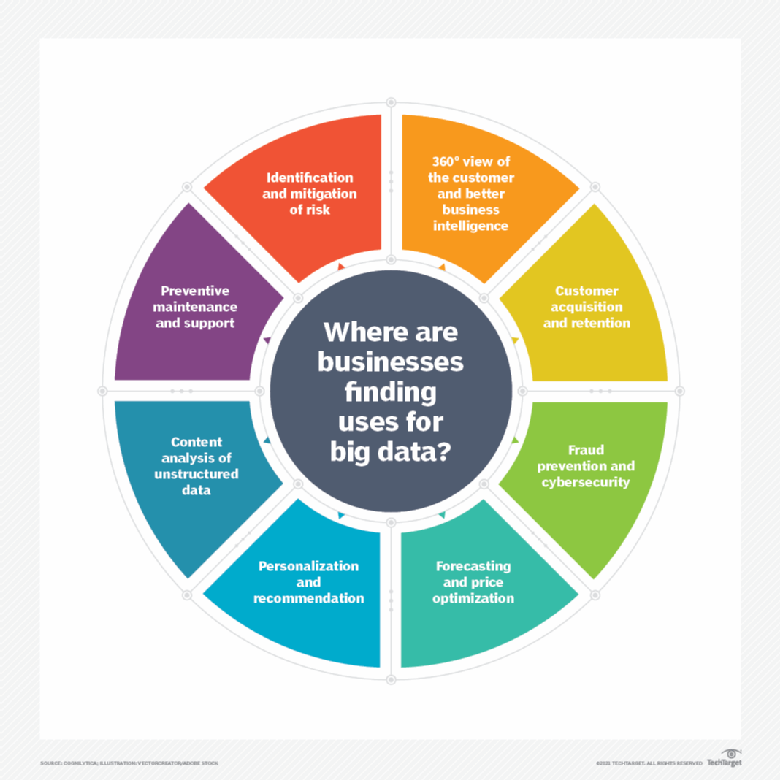 These captions can be accessed by the users on IGTV even upon turning the volume down. It has been designed with the intention of helping users who have hearing disabilities.
These captions can be accessed by the users on IGTV even upon turning the volume down. It has been designed with the intention of helping users who have hearing disabilities.
This is just one instance of the way Instagram has been leveraging AI for its features.
A huge volume of data is being generated through the constant unfolding activity and Instagram’s been making exemplary use of it, both in case of managing this data as well as in leveraging it with Artificial Intelligence algorithms to gain insights.
Speaking of Artificial Intelligence, check out how AI is used in our daily lives.
How Instagram Uses Artificial Intelligence and Big Data
1. Explore Page and Search Function
“The whole idea of machine learning is that it’s far better about understanding those nuances than any algorithm has in the past, or than any single human being could,” Instagram co-founder and then-Instagram CEO Kevin Systrom
Through the support of tags and trending information, the users can find photos and posts on particular topics or activities, events, and also for exploring experiences, trending restaurants, and places around the globe.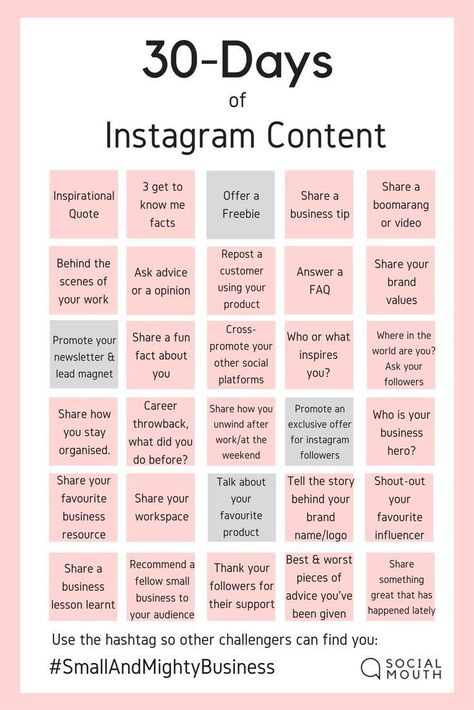
Now how does this function work?
Basically, Instagram recognizes accounts that are more or less similar to one another by adopting a machine learning technique termed “word embedding”. This technique deciphers the order in which words appear in the text in order to measure how connected they are. Instagram uses the same technique to decipher and comprehend how connected any two accounts are to each other.
Now that we mentioned Machine Learning, you can also sneak a peek at our blog on Machine Learning Tools.
How Instagram selects posts for its explore tab
So in order to make its recommendations, the Explore system starts by observing the “seed accounts” which are the accounts the users have interacted with in the past by liking or saving their content.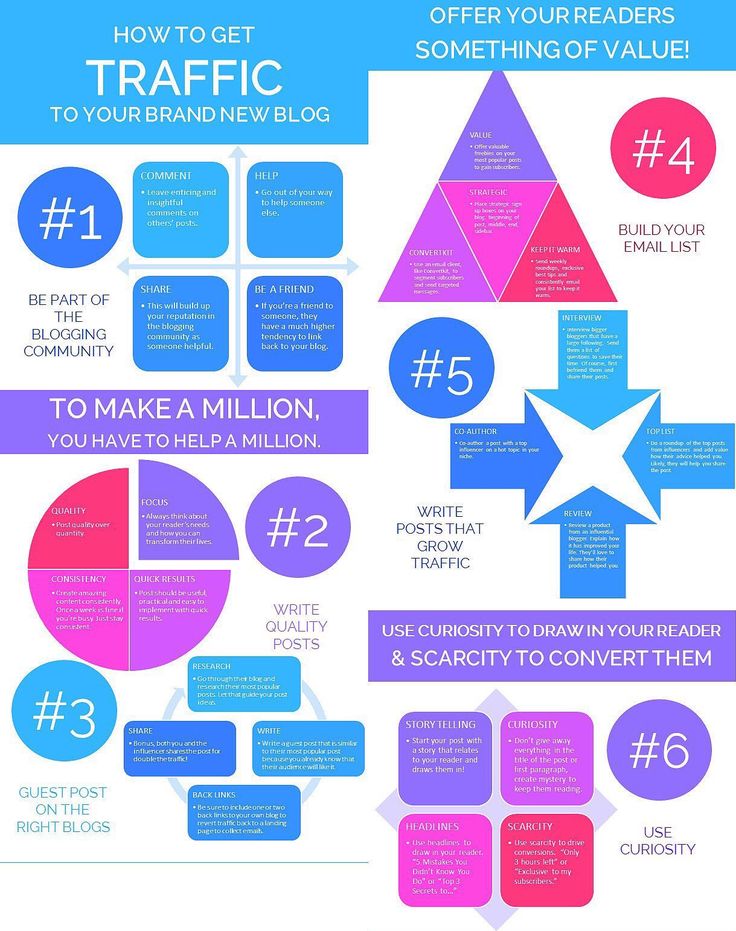 It then discovers the accounts that are similar to these and selects 500 pieces of content from them.
It then discovers the accounts that are similar to these and selects 500 pieces of content from them.
These content pieces are then filtered in order to remove all spam, misleading and policy-violating content from them, and then the remaining posts are ranked on the basis of how probable a user is to interact with each one. At long last, the top 25 posts are then sent to the first page of the user’s Explore tab.
2. Instagram bots
These bots are designed to automate the user’s account interactions. These do everything from liking comments that customers leave on posts, to posting comments on another person’s content. This is seen as an excellent way of increasing engagement. An example of an Instagram bot would be Kenji.AI.
This is a new Instagram bot that automates the user’s activity efficiently. It makes use of machine learning algorithms to comprehend who would be most likely to engage with the user's account.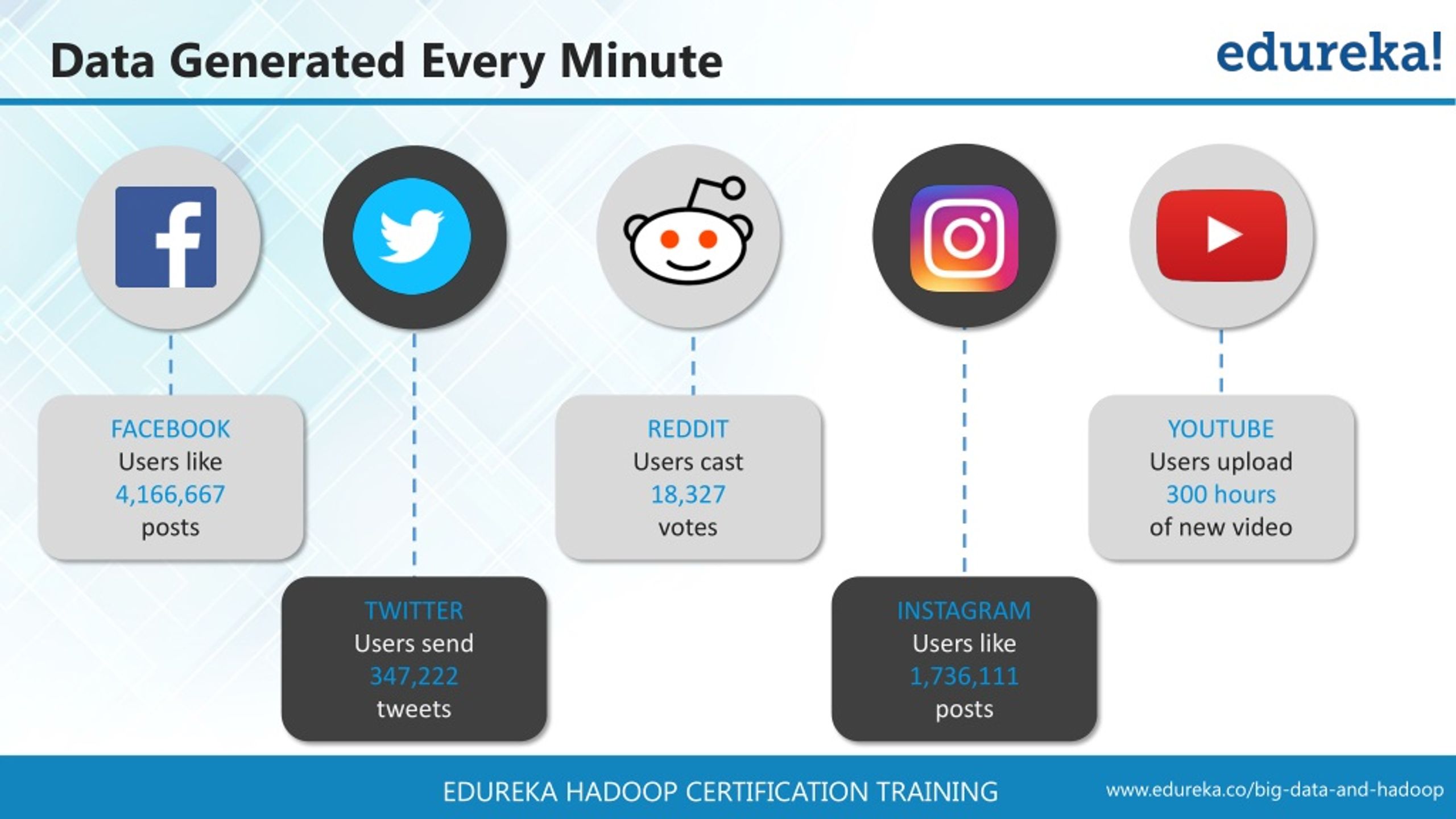
(Speaking of bots, you can also sneak a peek at our blog on Chatbots)
3. Target Advertising
Instagram ensures that it uses the big data it generates fully to its advantage by extracting and analyzing the customer insights it gains from it.
The platform sells advertising space to companies who happen to be interested in reaching a particular target audience and in sending out a particular marketing message by comprehending and understanding the search preferences and engagement insights of its users.
Recommended blog - Marketing Analytics
Being owned by a powerful tech giant like Facebook allows Instagram to have a vast network of insights and information for helping target advertising based on the audience’s likes, who they follow, and engage with and the posts they save.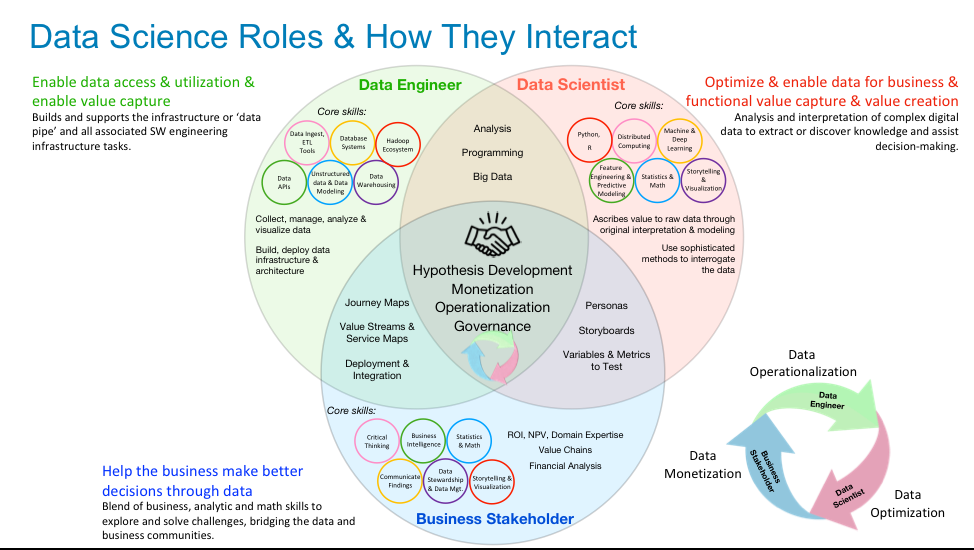
Where does Instagram use AI and Big Data?
4. Designing Personalised Feeds
With the level of content shared on the app rapidly growing it becomes more and more paramount for the platform to deliver content that is relevant to its users. Hence in 2016, Instagram altered its feed to display first, the posts it believes its users would favor and share instead of in reverse- chronological order.
To do this machine learning algorithm was put to work to go through all the content and carefully comprehend which of the content would be more relevant for its users, in order to design a personalized feed for each of them.
5. Dealing With Spam
With an abundance of content being shared every day across the app, some of it is bound to be spam.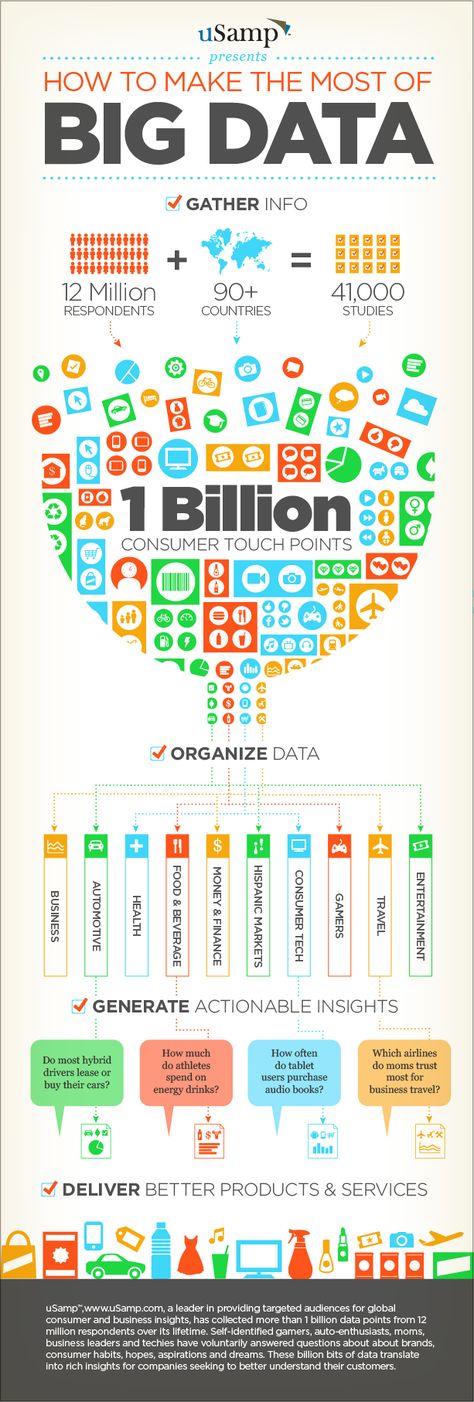
How are these spam messages detected?
Instagram makes use of Artificial Intelligence’s text analytics algorithm “DeepText” for dealing with spam messages. Its spam filter can detect spam messages in over 9 languages that include English, Arabic, and Chinese. Once detected, these messages are automatically removed. The algorithm is able to comprehend a message’s context almost as well as humans.
Where does Instagram use AI and Big Data?
6. Dealing with cyberbullying and distasteful comments
“No one likes you!”
“You are ugly!”
“You’re a loser!”
Social Media has since long been the instrumental platform for people, particularly teenagers, to indulge in cyberbullying with Instagram being no exception.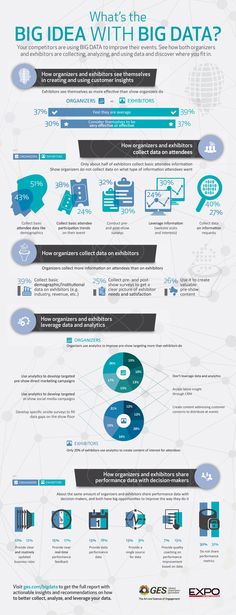
The platform has vowed to fight online bullying by leveraging artificial intelligence techniques that will foresee and recognize any kind of bullying or offensive text on the platform.
To propose a solution for the same, the platform has recently launched a new AI feature that works by keeping track of a list of words and phrases which have been reported offensive in the past and then alerting its users whenever their captions for a certain photo or video could be considered offensive in order to give them a chance to halt and re-assess their words before posting them.
Around the month of October 2019, Instagram launched a feature termed as “Restrict” that allows the platform’s users to easily shadowban any users that are posting offensive or bullying comments. This means that the comments on the posts of a person who has been shadowbanned by the user will only be detectable to that person.
7. Gather insights
Instagram with its millions of daily shared posts has the potential of becoming a beneficial cultural analysis tool.
For instance, As per a study launched by Cornell University in 2016, a group of researchers aimed at exposing how cultural clothing trends vary across the world, in particular, looking at fashion trends, based on their time and location, between 2013-2016.
Speaking of Fashion, you can also spare a glance at our blog on IoT in Fashion Industry.
Using techniques like face recognition to eliminate irrelevant photos, the researchers designed an object recognition program that could distinguish and recognize items of clothing, for instance, a shirt from a t-shirt or a jacket from a sweater.
The program studied and determined what trends were popular in what areas, what clothes were being paired with what, and how the trends had varied within the time period of the research.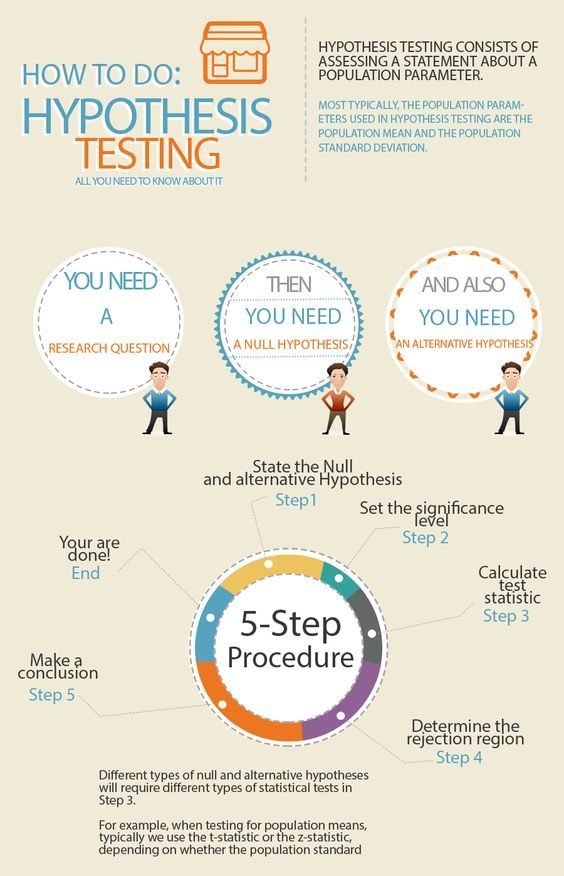
“Imagine a future anthropologist with access to trillions of photos of people - taken over centuries and across the world - and equipped with effective tools for analyzing these photos to derive insights,” - the team stated
“What kinds of new questions can be answered? This problem area of data-driven visual discovery is still new, but is beginning to gain attention in computer vision and graphics.”
Where does Instagram use AI and Big Data?
8. Crisis Communication
Instagram has been making apparent use of its Big Data for crisis communication. For instance, during the 2012 Hurricane Sandy, social media, Instagram, in particular, was instrumental in connecting the victims of Sandy.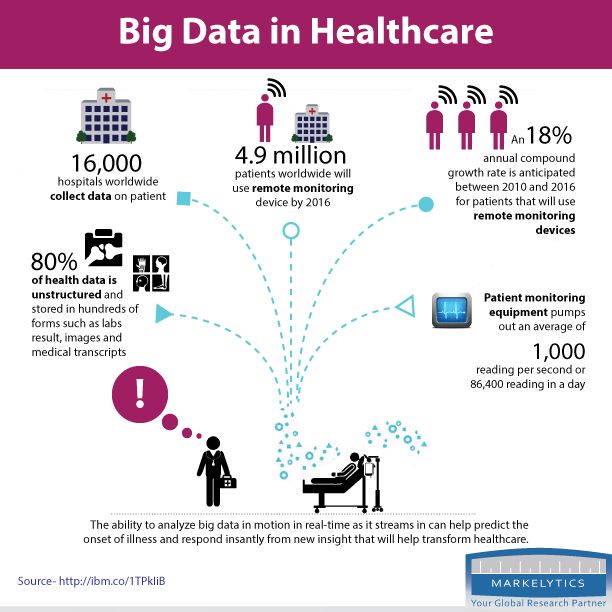
Thousands of images were embedded into tweets in the two week time periods. This helped perceive the change in affairs surrounding disasters while also helping the victims get through to their families as the people active on social media were able to see that their loved ones were safe, while also getting a good look inside the storm.
Yet another instance where Instagram played a crucial role was during the Ebola crisis. Various Instagram users, ranging from photojournalists to humanitarian organizations were able to show a unique side of the Ebola story.
Amidst the tumult faced with the quarantine, the death of loved ones, and the uncertainty of the future the images uncovered an array of sentiments from fear and frustration to beauty and hope.
Conclusion
With Instagram’s escalating popularity and acceptance, pops the question, what is making this app so popular? A lot of its growth and widespread acceptance has to do with its strategic use of data.
Yes, Instagram is indeed one of the renowned companies that put AI and Big Data to good use and its result speaks for the power these new-age technologies propagate.
Why Instagram uses "big data" and "artificial intelligence"
Why Instagram uses "big data" and "artificial intelligence"
The Instagram social network is designed to share photos and videos between users. Now almost 800 million people use it, and the audience is constantly growing. This is largely due to the fact that the “engine” of Instagram is the Facebook corporation, in the social network of the same name, more than 1.8 billion users are registered. Of course, the flow of messages from so many sources cannot be controlled by a person, so the process of moderation and tracking the interests of users falls on the shoulders of artificial intelligence.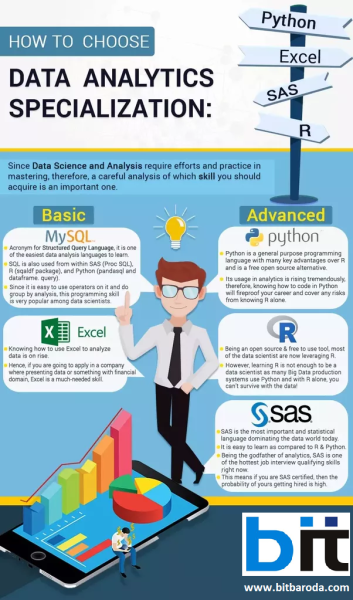 nine0003
nine0003
Today, more than 70 million photos are uploaded to the social network Instagram daily. This array of data is processed by artificial intelligence, analyzed and the resulting information is subsequently used in business and to study human behavior. As Instagram CEO Kevin Systrom noted back in 2012, “We are going to be a Big Data company!” This means that their main area of activity has become the collection, processing and monetization of huge amounts of information. And here's what it's for:
- since users submit millions of search queries every day, their understanding is required in order to provide relevant answers;
- ad targeting works similarly so that it is shown to those people for whom it is of the greatest interest, and not to just anyone;
- users are shown the content that suits their tastes or may seem interesting;
- one of the main tasks is spam filtering, since the percentage of "garbage" publications is quite large.
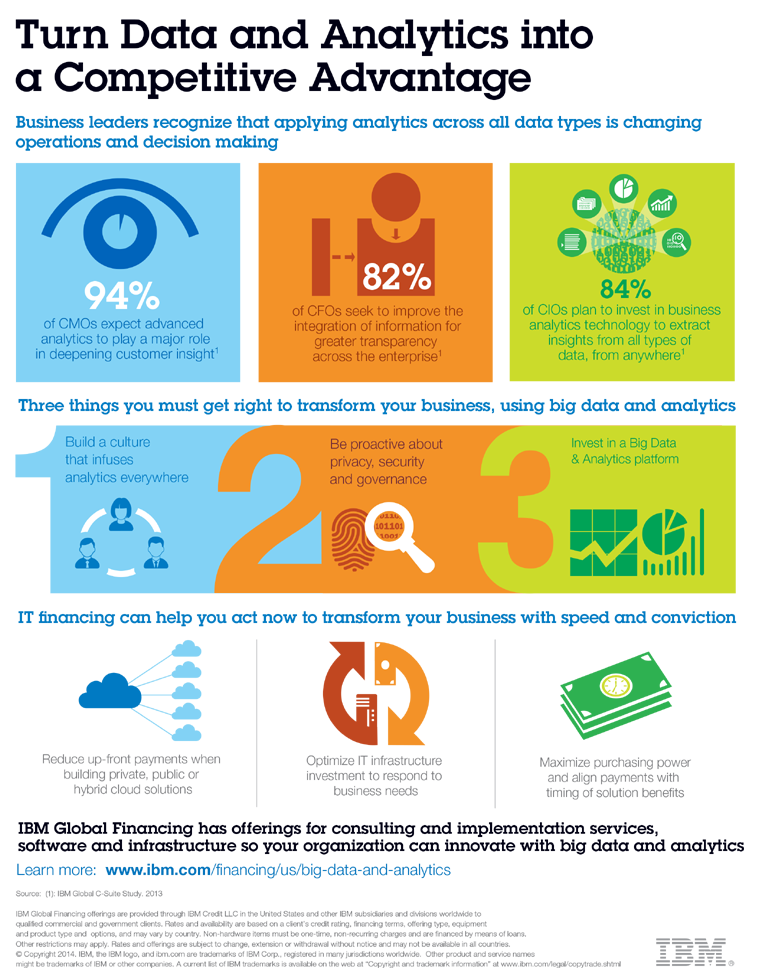 The spam filter currently works in nine languages, including English, Russian and Chinese. To do this, Instagram uses an algorithm from the developers of Facebook called DeepText, which "understands" the meaning of messages at the human level; nine0012
The spam filter currently works in nine languages, including English, Russian and Chinese. To do this, Instagram uses an algorithm from the developers of Facebook called DeepText, which "understands" the meaning of messages at the human level; nine0012 - The focus is on combating cyberbullying. According to a 2017 study, 42% of young people aged 12 to 25 are bullied on Instagram in response to posting photos, videos, and comments. These frightening statistics forced developers to use special machine learning algorithms in order to automatically delete offensive messages. Facebook and Twitter haven't gotten around to it yet;
- Of course, the analysis of incoming information forms the basis for the study of human behavior, which is in demand in all areas of business. The simplest example of what kind of food, clothes, cars, cats and dogs people prefer. nine0013
To date, the social network Instagram is the most striking example of how "big data" is used to automate the analysis of human behavior.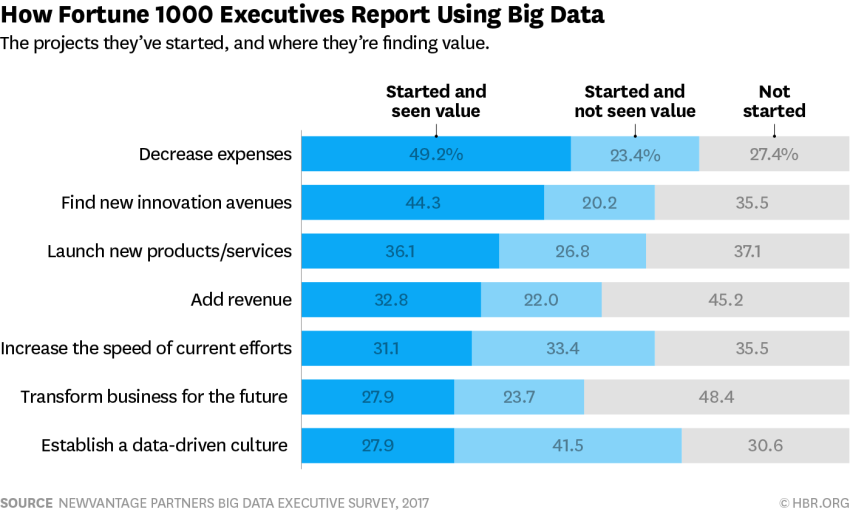
Source: Forbes
Now on home page
Publications
Support for small and medium businesses
Portal "TT Finance" together with the publication "Rossiyskaya Gazeta" at the end of November held a round table in the format of a dialogue between business, financiers and government: "Support for small and medium-sized businesses", "On parole and on the same wing"? - how SMEs end 2022. nine0003
Second shift: looking for analogues of departed brands of professional displays and sound equipment
Over the past 10 months, the Digital Signage market has turned 180 degrees: lack of supplies and project disruptions are the realities of today for many companies, but not for PROFDISPLAY.
zVirt - Russian virtualization environment
Today's event, together with OCS Distribution, is hosted by Timur MUSTAFIN, Partner Relations Director, ORION Soft.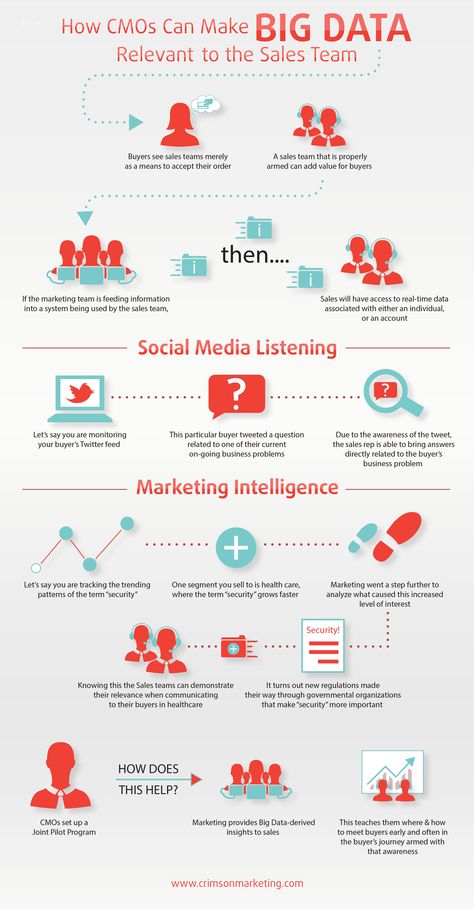 It is dedicated to the Russian secure virtualization solution zVirt, which is an excellent alternative to foreign products. zVirt includes all the functionality you need to effectively manage servers and virtual machines. nine0003
It is dedicated to the Russian secure virtualization solution zVirt, which is an excellent alternative to foreign products. zVirt includes all the functionality you need to effectively manage servers and virtual machines. nine0003
Development and production of mobile devices in the Russian Federation
Today's event is hosted by Alexander CHERNYUK, Director of the Project Business Department at F-PLUS MOBILE. He will talk about the devices that his company produces.
UPS Innova RT II 6000 and Innova RT II /10000
If the customer has 220 V AC electronic equipment, then for reliable operation it is always worth using an uninterruptible power supply (UPS) or Uninterruptible Power Supply (UPS), which can ensure operation in case of deterioration in the quality of the electrical sinusoid and even in the event of a complete loss of input voltage.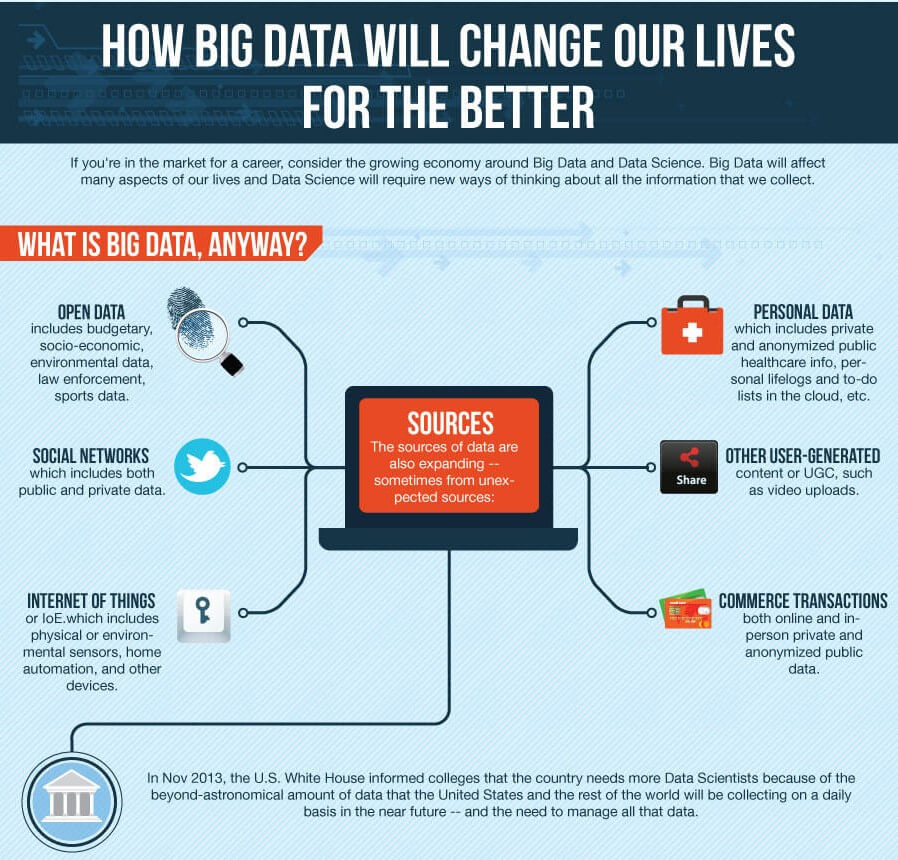 nine0003
nine0003
News
how big data and modern gaming technologies will change the world?
What can researchers learn from photos and likes in Instagram ? Is it possible to establish a relationship between the real city and the digital space in ? And how to extract information from a huge array of data that will allow to change the future of cities? Scientists and speakers of ITMO University talked about this and many other things at popular science conference "Parsek", which takes place as part of the largest festival for fans of science fiction "Starcon". The university organized its own section dedicated to Big Data , machine learning and gaming technologies. It is clear about data analysis, predictive modeling and what conclusions the study of social networks leads scientists to - in the ITMO.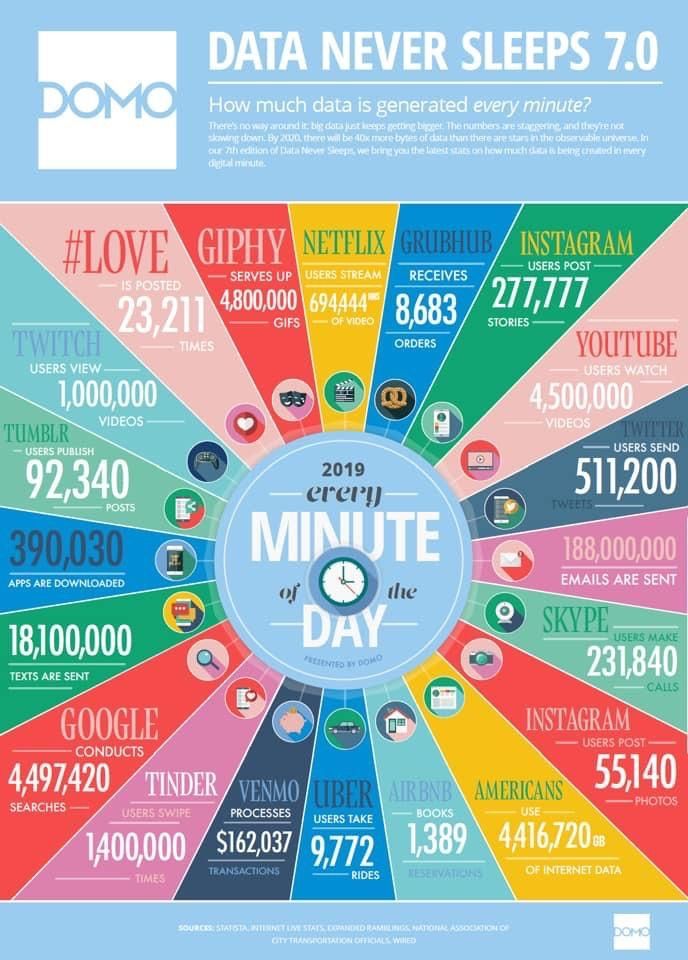 NEWS material.
NEWS material.
What your Instagram will tell you ?
Data obtained from social networks has provided scientists with a huge ground for research over the past few years. Today, Instagram alone has over 700 million users, with one of the most popular social networks in the world gaining the last 100 million during the last four months of 2017. More than 400 million users post pictures on Instagram every day. All this - photos, description under them, hashtags, likes and comments, as well as geolocation - a huge amount of data. But how to structure this chaos and can a photo of a user's lunch or his selfie sometimes say more about him than he himself at the first meeting? nine0003 Ksenia Mukhina
Photographs can not only determine the location of the shooting, but also understand the emotions of the author, get additional information about the user's preferences, his age, social status and place of study or work, says Ksenia Mukhina computer technology at ITMO University.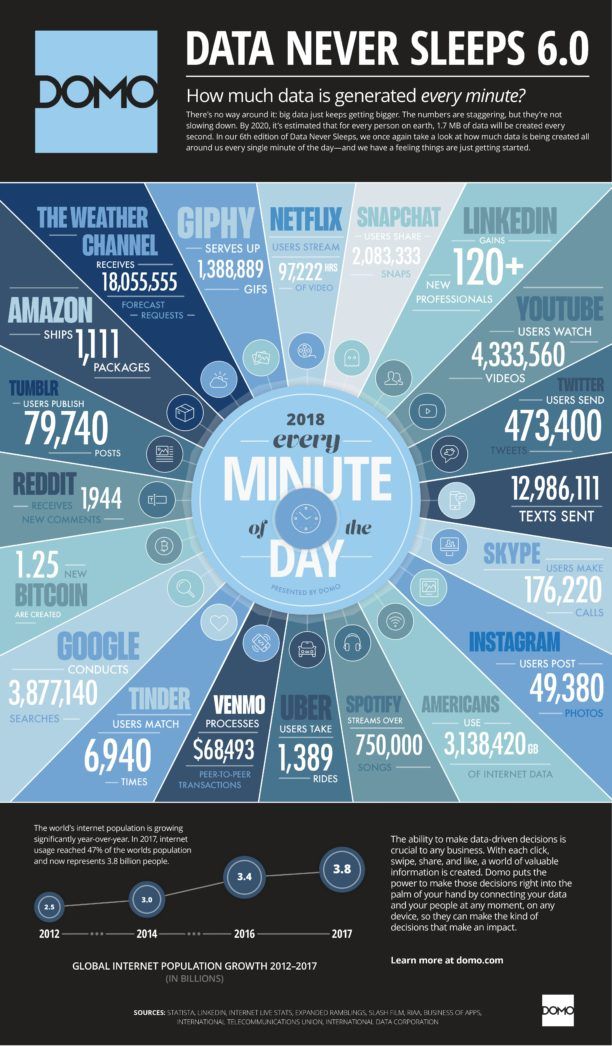 Geolocation allows researchers to understand which places in the city and country are the most popular, not only for tourists, but also for local residents. nine0003
Geolocation allows researchers to understand which places in the city and country are the most popular, not only for tourists, but also for local residents. nine0003
ITMO University Section at Parsec Popular Science Conference« What can be done with locations? The simplest thing is to determine the popularity of places. Any tourist coming to St. Petersburg is limited by some narrow list of locations that guidebooks recommend. And this, as a rule, is 15-20 places. But what about those who do not want to go only to Palace Square or the Hermitage? "- notes Ksenia Mukhina.
One of the recent papers by researchers from ITMO University was devoted to the study of this issue. Scientists have developed a computer algorithm that allows using Instagram posts to find museums, cafes, streets and parks that are most popular among the local population. Employees of the Research Institute of High-Tech Computer Technologies (NII NKT) of ITMO University have found a way to identify local residents among Instagram users, separating them from tourists by seasonal activity on the social network.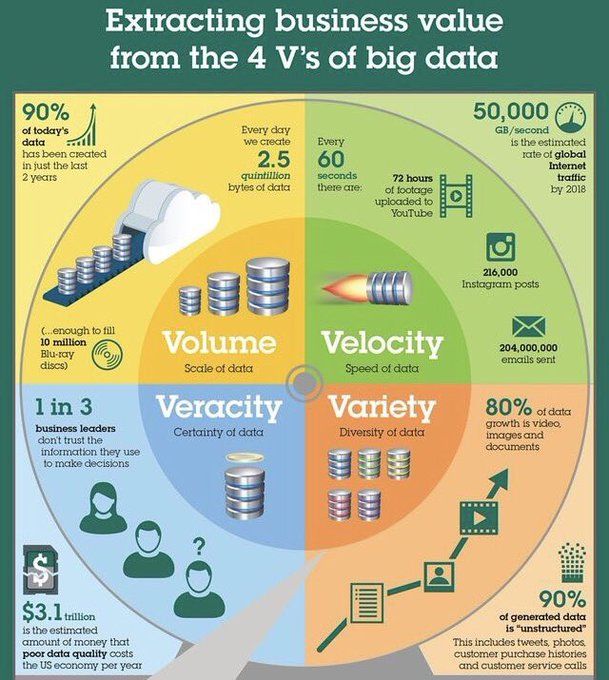 nine0003
nine0003
In addition, the so-called default points were removed from the analysis, for example, the geotag "St. Petersburg", located in the Peter and Paul Fortress, or "Vasilyevsky Island", indicating which, the user will automatically go to the Smolensk cemetery.
Having separated users into the categories “tourist” and “local resident”, as well as excluding default points from the data analysis, the researchers compiled two maps of the most popular places for both categories. And if the first one actually repeated the routes from numerous tourist guides, then the second one provided really non-banal insider information from the “locals”. Here, as Ksenia Mukhina notes, all creative spaces immediately stood out, many of which are not known to all tourists. Numerous parks, remote from the city center and also not popular with visitors, appeared on the map of popular places among city residents. Today, the created algorithm already knows how to automatically distribute popular places into five categories: theaters and museums, restaurants and bars, bridges and streets, parks, and more.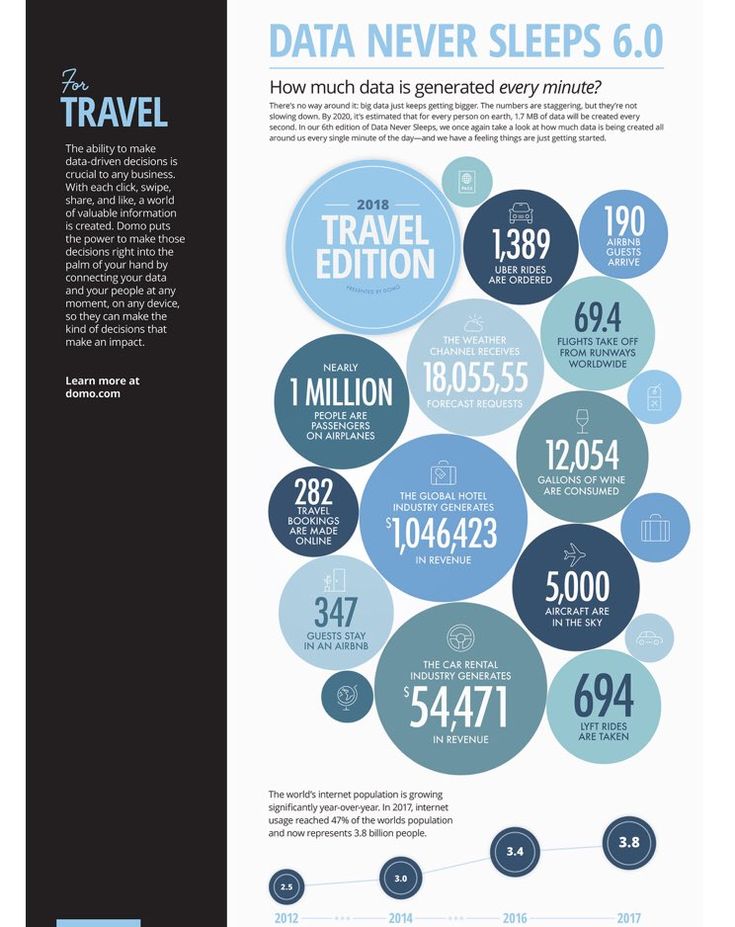 nine0003 Starcon Festival
nine0003 Starcon Festival
Monitoring of social networks will help to determine not only the most popular places, but also to conduct a kind of emotional analysis. Among other works of specialists from the Institute of High-Tech Computer Technologies, there is an analysis of user behavior at the largest festival in St. what emotions does this or that object or place on the map evoke in people within Sochi, Krasnaya Polyana and Adler. nine0003
In the future, Ksenia Mukhina plans to continue working with data from social networks. Now she is studying the most striking events on the map of St. Petersburg. But travel services are far from the only application for analyzing numerous data from social networks. The analysis of big data obtained from open sources is already forming the basis of urban planning and the restructuring of traffic flows.
How is the real city and digital space connected? nine0063
It is generally accepted that the appearance of any city is formed only from physical objects that can be seen and touched here and now. For decades, researchers in so-called "urban morphology" have sought to uncover, measure and study this phenomenon in order to better understand the phenomenon of the evolution of urban spaces. Thanks to social media, researchers have access to a huge amount of rich data that can be used to study interactions between people, identify the most important urban events and visualize a seemingly hidden city map. nine0003 Damiano Cerrone's speech at ITMO University's section at the Parsec Popular Science Conference
For decades, researchers in so-called "urban morphology" have sought to uncover, measure and study this phenomenon in order to better understand the phenomenon of the evolution of urban spaces. Thanks to social media, researchers have access to a huge amount of rich data that can be used to study interactions between people, identify the most important urban events and visualize a seemingly hidden city map. nine0003 Damiano Cerrone's speech at ITMO University's section at the Parsec Popular Science Conference
« Whenever we post a photo on a social network, we always leave our digital footprint in the city. Based on individual emotions and photographs, researchers can reconstruct the image of the city. The resulting map tells the stories of our lives and how we interact with the city. In turn, the researchers map these stories to determine how to improve the living space ,” says Damiano Cerrone , co-founder and content manager of the international analytical company SPIN Unit.
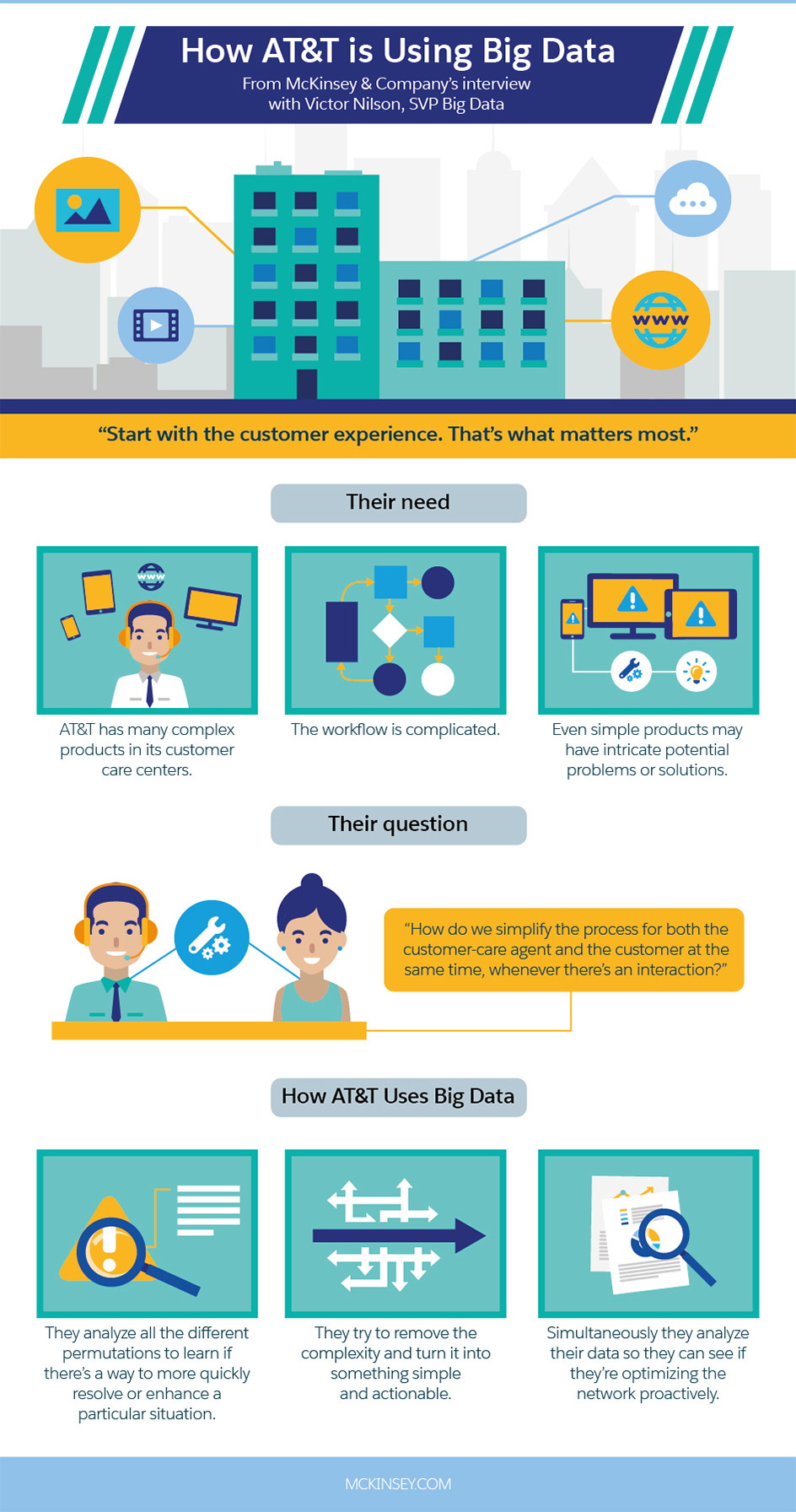
Damiano himself was inspired by the idea of digital space long ago, in his youth, when he first saw the cult sci-fi manga Ghost in the Shell. Today, Damiano's team of researchers is engaged in data analysis commissioned by various government agencies and companies.
As the researcher emphasizes, analysts are engaged not only in ranking popular places, but also in deep analysis of data that, taken together, can tell about the economic situation in the city as a whole. To do this, the company uses open data from several social networks - both from Instagram, which often shows the situation on the positive side, and others, which provide the broadest and most objective picture. nine0003
For example, on special maps, researchers can rank by color the places where people spend their free time and where they work or study. The location of both groups next to each other may indicate a balanced development of the city, says Damiano Cerrone.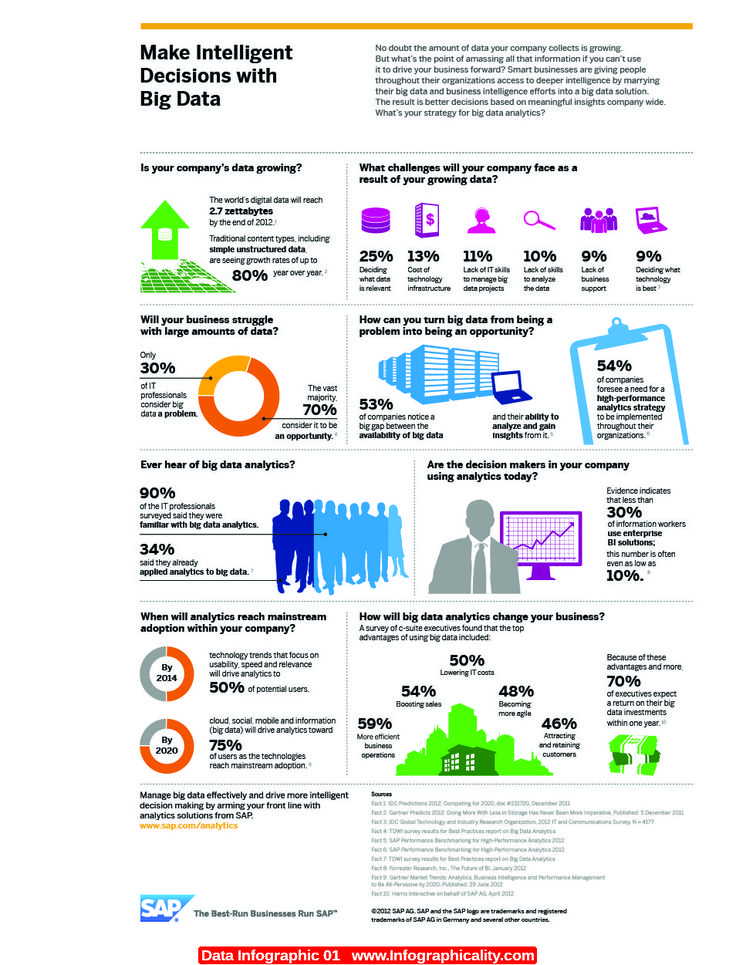 You can rank places in other categories and explore the social activity of users and the attractiveness of these geolocations. A simple example: social media analysis can already show whether parks or recreation areas are popular in a particular city. And if not, what should be changed in the planning of urban space in order to increase the attendance of these places. nine0003 Damiano Cerrone's speech at ITMO University's section at the popular science conference Parsec
You can rank places in other categories and explore the social activity of users and the attractiveness of these geolocations. A simple example: social media analysis can already show whether parks or recreation areas are popular in a particular city. And if not, what should be changed in the planning of urban space in order to increase the attendance of these places. nine0003 Damiano Cerrone's speech at ITMO University's section at the popular science conference Parsec
Such an analysis is suitable for studying completely different infrastructure objects. In addition, researchers can group photos by time and area of the city. This will help to understand how tourism is developed in one or another part of it.
One of the projects of the group of researchers and Damiano Cerrone was the work for Strelka Design Bureau, where the authors analyzed about 100 Russian cities. The site index-cities.rf has already been launched with the current results of the study on the first 90 cities. The main goal of the Urban Environment Quality Index is to help cities identify pain points in order to kick-start urban renewal and monitor the effectiveness of their development programs, which are currently being implemented by the municipalities of the Russian Federation.
The main goal of the Urban Environment Quality Index is to help cities identify pain points in order to kick-start urban renewal and monitor the effectiveness of their development programs, which are currently being implemented by the municipalities of the Russian Federation.
What will the development of Big Data lead to in the near future?
But if the analysis of big data from social networks allows us to determine the current situation, then predictive modeling will help build a digital image of a city that does not yet exist, preventing problems in its development in advance. This is being done at the Institute of Science-Intensive Computer Technologies of ITMO University, whose specialists have developed the first dynamic model in Russia for the development of the future satellite city Yuzhny. nine0003
The processes of city construction and its future social life are calculated in the mathematical system.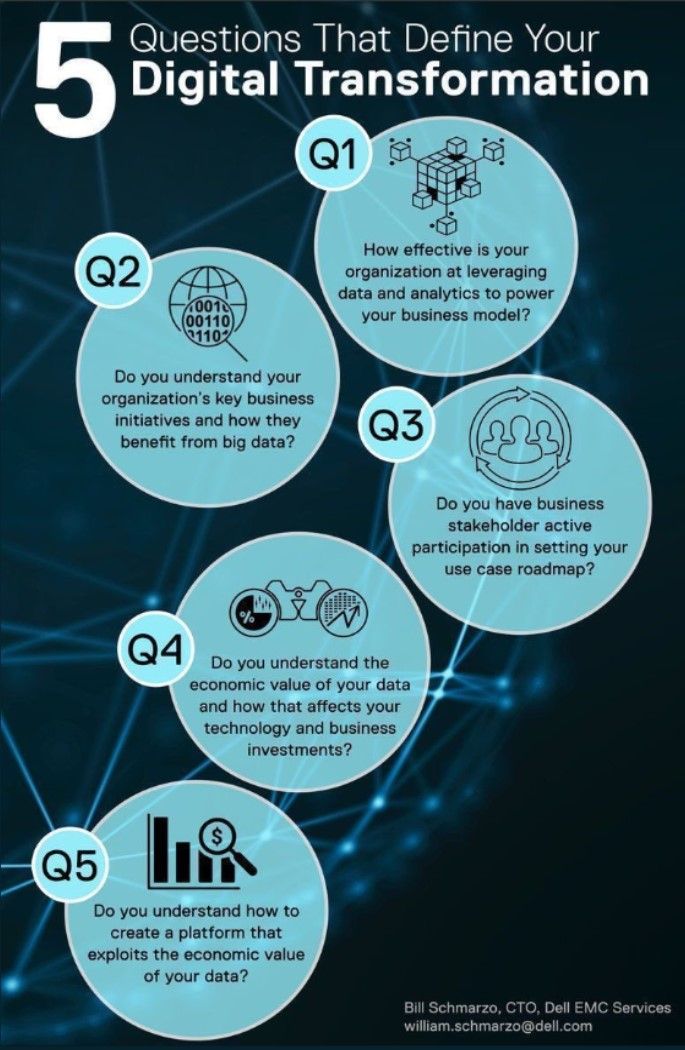 The model shows Yuzhny to the nearest meter both in real time and in fast forward. The model takes into account the location of transport and engineering infrastructure, zoning of the territory (including recreational areas). In addition, for each of the four city development horizons (2021, 2026, 2031 and 2035), transport mobility of the population relative to the whole of St. . nine0003
The model shows Yuzhny to the nearest meter both in real time and in fast forward. The model takes into account the location of transport and engineering infrastructure, zoning of the territory (including recreational areas). In addition, for each of the four city development horizons (2021, 2026, 2031 and 2035), transport mobility of the population relative to the whole of St. . nine0003
At the same time, the dynamics of passenger flows was calculated using multi-agent modeling technologies. This approach is used when it is necessary to model the behavior of several agents in an environment whose conditions depend on the behavior of the agents themselves and changes in the environment, in this case, an urban area.
Thanks to mathematical modeling, it is possible not only to get a beautiful picture of what will be built, but also to choose different options for the development of the future city, depending on changing conditions.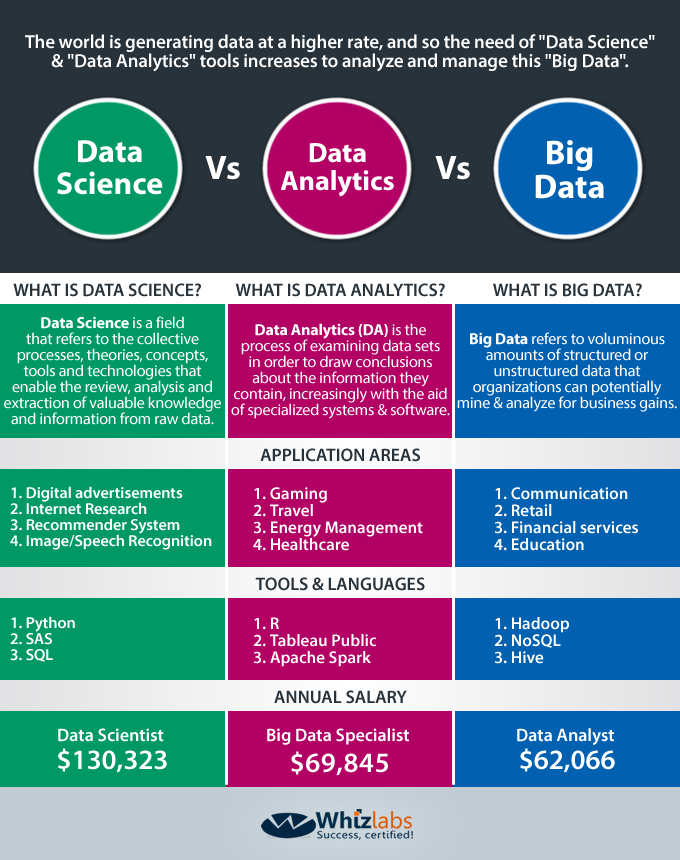 For example, what will happen if a new metro station appears in one or another area of the city in five years? The model takes into account hypothetical changes and allows you to show the development of the city's infrastructure in the context of a changing environment in dynamics. nine0003 Alexander Bukhanovsky
For example, what will happen if a new metro station appears in one or another area of the city in five years? The model takes into account hypothetical changes and allows you to show the development of the city's infrastructure in the context of a changing environment in dynamics. nine0003 Alexander Bukhanovsky
According to Alexander a Bukhanovsk , Director of the Mega-Faculty of Translational Information Technologies and Head of the Research Institute of Science-Intensive Computer Technologies at ITMO University, it is these approaches that will determine the work of specialists working in the field of computer science in the future. translational information technologies.
The city is a constantly changing environment, and it is the mobility of the inhabitants that determines its further development. Already today, there has been a tendency to move from building isolated models and software solutions for individual tasks to complex models for creating a kind of "virtual worlds" in various approximations.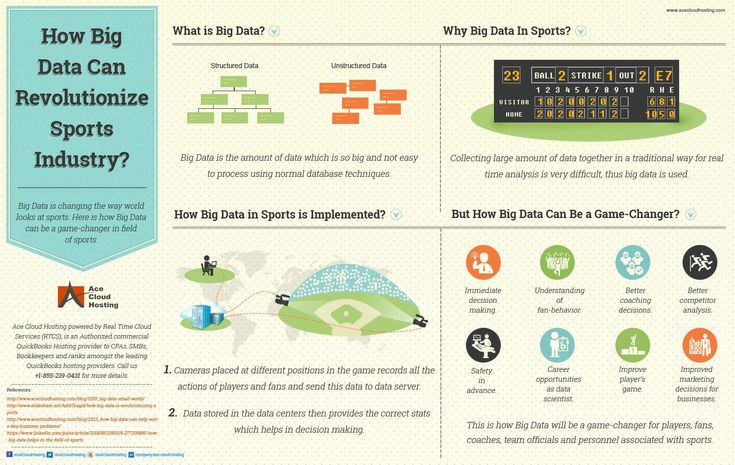 In the future, as Alexander Bukhanovsky notes, all this will lead to the construction of hybrid models, self-developing and self-learning on-line, and will also allow moving away from the “passive” perception of big data to smart Big Data with a much higher efficiency. nine0003
In the future, as Alexander Bukhanovsky notes, all this will lead to the construction of hybrid models, self-developing and self-learning on-line, and will also allow moving away from the “passive” perception of big data to smart Big Data with a much higher efficiency. nine0003
Other trends include the need for secure systems for implementing solutions built on the logic of the Internet of Things (instead of the technology of advising systems), as well as digital passports for complex objects, which in the future should replace classical design and operational documentation.
Andrey Filchenkov Several dozens of representatives of leading universities and specialized organizations – employees of laboratories, technology parks, and innovation centers – spoke at the Parsec conference. 9 speakers also spoke at the ITMO University section0062 Andrey Filchenkov , Associate Professor of the Department of Computer Technologies of the university and head of the machine learning group of the international scientific laboratory "Computer Technologies", who spoke about deep machine learning in a simple and understandable way, Ilya Stakheev , creative producer of Luden.